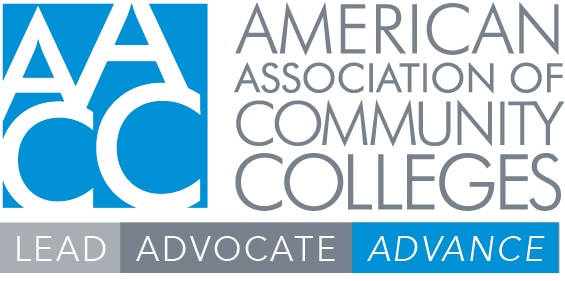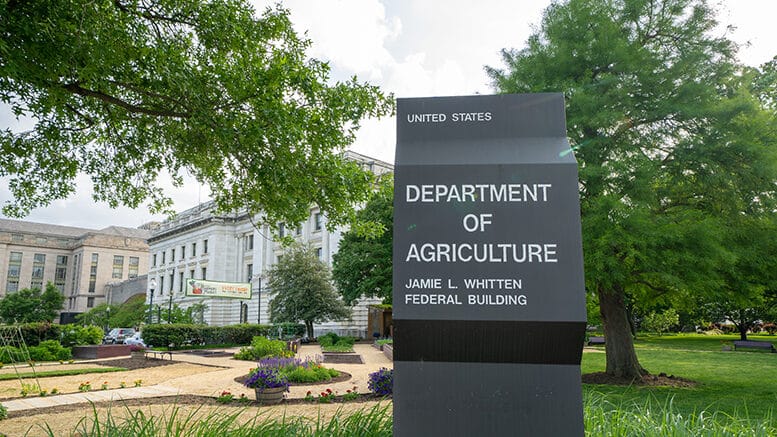Community college leaders attending this month’s Community College National Legislative Summit heard from U.S. Agriculture Secretary Thomas Vilsack, who touted the Biden administration’s commitment to reducing food insecurity among college students as well as promoting the agriculture workforce.

Vilsack highlighted the impact of the Supplemental Nutrition Assistance Program (SNAP), formerly known as food stamps, which is the cornerstone of national food assistance programs. College students who participate in a state or federal work study program, work 20 hours or more a week can participate in a recognized SNAP Education & Training (E&T) program, or receive SNAP benefits if they have young children. During the Covid pandemic, Congress suspended the work requirements and temporarily expanded eligibility for college students who were eligible to participate in a state or federal work study program or who had no Title IV expected family contribution (EFC). This allowed many community college students to tap the benefits and provided a lifeline to students facing food insecurity.
Related article: Big projects and supports for students
Vilsack also noted increases in SNAP program resources. In 2022, the U.S. Department of Agriculture (USDA) delivered a 21% increase in monthly SNAP benefits due to a new evaluation of the Thrifty Food Plan, which assesses the cost of a healthy, nutrient-rich diet. The reevaluation, authorized under the 2018 Farm Bill, represents the first major update to food plan calculations in decades.
USDA also temporarily boosted SNAP benefits by nearly $3 billion per month thanks to emergency allotments authorized by Congress.
Key for parenting students
Vilsack also noted key USDA nutrition assistance programs that benefit parenting students, including the Special Supplemental Program for Women, Infants, and Children (WIC), the National School Lunch and Breakfast Programs and the Summer Food Service Program, which provides children with healthy meals during the summer.
Vilsack stressed the importance of connecting pregnant students and students parenting infants with the WIC program, which provides foods that are important to infant nutrition and development. Notably, the WIC program does not have work requirements or other criteria that could disqualify otherwise eligible college students from participating.
While Vilsack continued to underscore the importance of SNAP benefits for promoting food security, he touted these programs as critical investments in multi-generational educational success and as ways to decrease overall household nutrition budgets.
Changes to SNAP eligibility
Thousands of additional community college students have qualified for SNAP benefits and have received larger benefits because of emergency authorizations that will sunset in the coming months.
The emergency allotments, which provided an average benefit increase of $95 a month, will end by the end of February. Several states have already terminated the additional benefits. The SNAP work requirements will return and the temporarily exemptions for students will end with the end of the national emergency, meaning that many community college students will have to increase their hours worked, enroll in a work study or SNAP E&T program, or lose their eligibility.
Recognizing that these upcoming changes will be confusing and difficult for both students and colleges to navigate, USDA released new guidance this week on how to best communicate the changes in eligibility to students and identify students who will continue to qualify for benefits.
Farm Bill reauthorization process begins
The U.S. Senate Committee on Agriculture, Nutrition and Forestry last week hosted another round of hearings on reauthorizing the Farm Bill. The sprawling, multi-faceted bill was last reauthorized in 2018 and governs key areas of interest for community colleges, including investments in the agricultural workforce, agricultural research, and, importantly, nutrition assistance programs.
Last week’s hearing focused on nutrition programs. Witnesses Stacy Dean, USDA’s deputy undersecretary for food, nutrition and consumer services, and USDA administrator Cindy Long extolled the importance of the SNAP program, the increased generosity of benefits under the revised Thrifty Food Plan, and increased eligibility for individuals during the Covid. They also noted their commitment to key components of the White House National Strategy on Hunger, Nutrition and Health, released last fall. These items included allowing SNAP and WIC beneficiaries to purchase healthy foods online. This policy change could promote food security for community college students in rural communities, in food deserts, and who may face more significant time barriers to grocery shopping.
The issue of expanding SNAP eligibility for college students didn’t come up at the hearing. Many members addressed concerns about the overall cost of the program, program fraud and the number of able-bodied adults without dependents participating in the program. While a number of Republican committee members stated that work requirements need to be better enforced and perhaps strengthened, Dean noted that the current work requirements do not have the intended impact of decreasing unemployment. Instead, she said she hopes to see a reevaluation of work requirements to better serve the intended purpose – helping individuals find employment opportunities that provide their families with economic and food security, including through education, training and skill development.
AACC will continue to advocate for policies to permanently expand SNAP eligibility to college students, to promote food security and college success.





